Plastic is everywhere, isn't it? From your morning yogurt cup to your evening takeaway container, this versatile material seems to touch nearly every part of daily life. But have you ever stopped to wonder who actually buys all this plastic? It's not just a random assortment of companies; there are specific industries and giants that stand out.
First, let's break down the demand for plastic. It's like a never-ending cycle where consumer demand fuels the need for more plastic products, which in turn keeps manufacturers busy. The global plastic market is so massive that sometimes it feels like everyone is buying it, yet some industries do it more than others.
- Understanding the Demand for Plastic
- Top Industries Buying Plastic
- Impact of Big Plastic Buyers
- Future Trends in Plastic Consumption
Understanding the Demand for Plastic
Ever wondered why the demand for plastic is so high? Well, it's all about convenience and versatility. We live in a fast-paced world where quick and easy solutions are in high demand, and plastic often provides just that. Think of all the single-use items we consume daily – water bottles, straws, and packaging materials. Behind the scenes, there's a whole industry reliant on these handy materials.
The plastic manufacturing companies aren't just pumping out plastic because they feel like it; there's a solid market driving their production. Packaging alone makes up over 40% of plastic use worldwide, and this isn't just about wrapping sandwiches. It's about protecting and preserving goods during transport, reducing food waste, and even making things look more appealing on the shelf.
Then there are industries like automotive and electronics, which depend heavily on plastics for their lightweight and durable qualities. In the automotive sector, for example, replacing metal parts with plastic helps improve fuel efficiency by reducing vehicle weight.
Interestingly, global trends are also influencing demand. With a growing middle class, especially in places like China and India, there's a surge in consumption of packaged goods. Add to that the rise in online shopping, which naturally demands more packaging. Biggest buyers, such as tech giants and retail behemoths, find themselves nestled comfortably in this cycle, both needing and perpetuating the flow of plastic.
If we look at some numbers, according to a 2022 report, the global plastic market was valued at approximately $600 billion. Surprisingly high, right? Here's a quick peek:
| Sector | Plastic Consumption (%) |
|---|---|
| Packaging | 40% |
| Building & Construction | 20% |
| Automotive | 10% |
| Electronics | 5% |
| Others | 25% |
So, as you can see, understanding the demand is not just about acknowledging existing needs but also keeping an eye on how these needs continue to expand and evolve. The ever-changing landscape of consumer habits keeps pushing the demand to unexpected arenas, all while maintaining the tight grip plastic industries have in our lives.
Top Industries Buying Plastic
When it comes to buying plastic, a few industries are at the forefront, gobbling up a substantial share of the material. Among these, the plastic manufacturing industry is often linked with packaging giants. Think of every little wrapper, bag, and container you touch daily—that's where a significant chunk of plastic goes.
First up, the food and beverage industry is a major player. It's not just about bottles and caps; everything from your cereal box's inner liner to the films protecting frozen veggies is part of this domain. The convenience factor is huge, and let's face it, who doesn't appreciate a longer shelf life?
Then there's the automotive industry. It might surprise you, but cars rely on plastic for everything from dashboards to bumper systems. Lightweight materials mean better fuel efficiency, which has car makers hooked. It's a win-win for their bottom line and for consumers looking to save at the pump.
We've got to talk about the tech world too. Tech companies are constantly pushing for sleeker devices, which often translate to more plastic materials in smartphones, TVs, and countless gadgets. In 2022, the electronics sector alone was responsible for an astounding 7% of total plastic demand!
Here's something interesting: the construction industry is also a notable contributor. Pipes, insulation, and fittings—plastic is crucial here. It's all about durability and efficiency.
| Industry | Percentage of Global Plastic Demand |
|---|---|
| Packaging | 36% |
| Construction | 16% |
| Textile | 15% |
| Automotive | 9% |
With these industries at the helm, it's no wonder the demand for plastic keeps climbing. Figuring out where it all goes is a giant puzzle, but it's fascinating, don't you think?
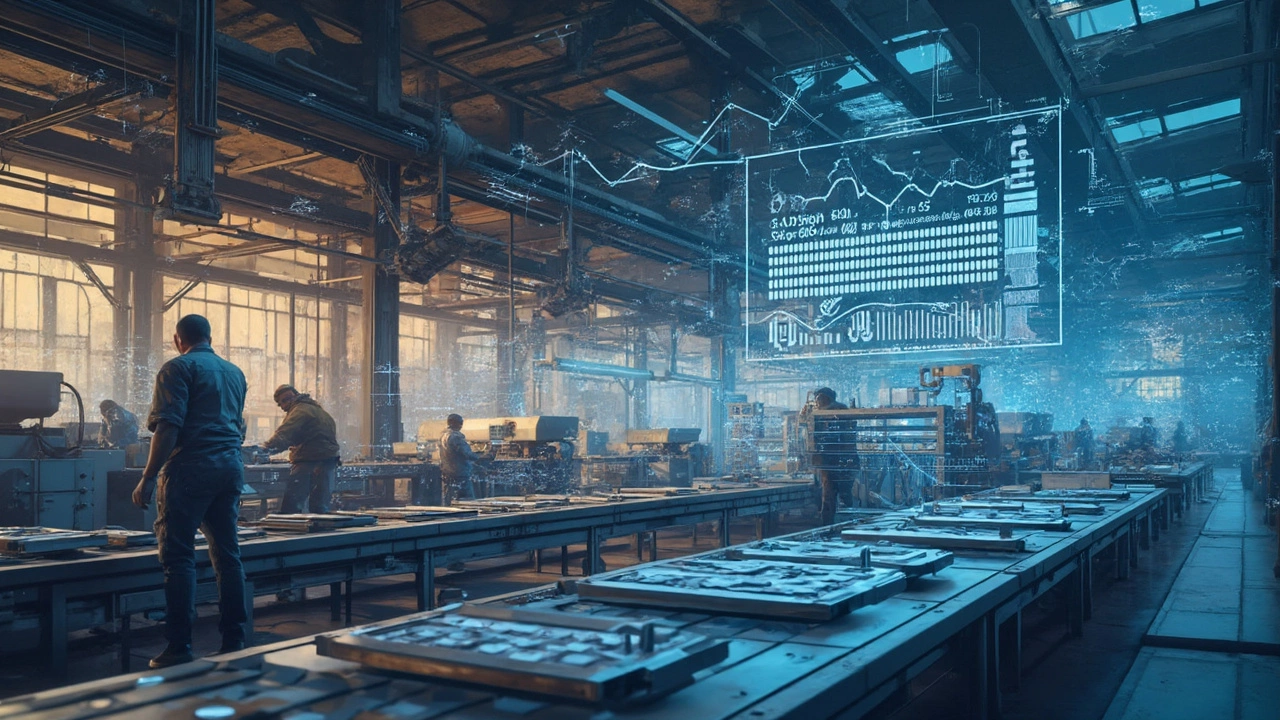
Impact of Big Plastic Buyers
Alright, so who’s making waves in the world of plastic manufacturing? It’s all about the Big Players, those huge companies that shape not just economies, but also our shelves and lifestyles. These guys are buying in bulk, creating a demand that keeps factories running day and night.
Now, let’s not sugarcoat it—the environmental impact is massive. More plastic purchased means more potential for waste. It's no surprise that plastic industry leaders drive the majority of consumption. However, these companies are also key to finding solutions. It’s a love-hate relationship because while they contribute to the problem, they also hold the power to change it.
When we look at the top industries, you’ve got your usual suspects: packaging, automotive, and technology. Take packaging, for instance. It's responsible for around 40% of plastic manufacturing worldwide. That’s huge! And in tech, think about all those gadgets and cases that wouldn’t exist without plastic materials.
The economic side is fascinating. These big buyers aren't just scooping up plastic for the heck of it. Their consumption habits drive prices, dictate innovations, and even influence job markets. The ripple effect is gigantic—more plastic needed means more jobs in manufacturing, yet it also shifts focus onto sustainable practices and alternatives.
Then there’s the innovation push. With these giants at the helm, investments in creating eco-friendly alternatives like biodegradable plastics or improved recycling technology are on the rise. Sure, traditional plastics still rule, but there's a growing shift towards sustainability thanks in part to the wallet-wielding power of these companies.
So, what’s the takeaway? Big plastic buyers impact not just the industry but also the very fabric of our environment and economy. Their choices today could sculpt the world of tomorrow. It’s worth keeping an eye on these industry leaders as we navigate the plastic conundrum.
Future Trends in Plastic Consumption
The landscape of plastic consumption is shifting, and it's important to keep an eye on where it's heading. There's a growing focus on sustainability that companies can no longer ignore. As more industries aim to reduce their environmental footprint, plastic manufacturing is seeing a bit of a transformation.
One of the biggest trends is towards biodegradable plastics. These are designed to break down more easily, putting less strain on the environment. Don't get too excited yet though – they have their challenges, like higher production costs and often a limited shelf life. But still, it's a step in the right direction.
Recycling is another area seeing some innovation. The push is on for better plastic industry recycling methods. Take companies like Coca-Cola, which aims to make 100% of its packaging recyclable by 2030. There's a genuine drive to cut down on new plastic production by reusing what already exists. A good move, right?
"The future of plastics will depend heavily on innovation and our ability to create more sustainable materials." - Sarah Jones, Environmental Scientist
On the flip side, single-use plastics are slowly but surely being phased out. With the European Union's ban on some single-use plastic items already in effect, you can expect many more regions to follow. This is pushing businesses to find alternatives – not an easy task but certainly crucial for long-term success.
Tech is playing its part, too, with AI and machine learning being tested to optimize plastic production processes, reducing waste efficiently. As these technologies develop, they'll likely become crucial assets within the industry's supply chain.
| Trend | Description |
|---|---|
| Biodegradable Plastics | Environmentally friendly plastics that break down more easily. |
| Improved Recycling | Innovative methods to reuse existing plastics. |
| Single-use Plastic Reduction | Phasing out non-essential single-use plastic items. |
| Tech Integration | Using AI and tech to streamline and reduce waste. |
The biggest buyers of plastic are taking notice, and it's changing how they operate. The future might be looking greener after all, don't you think?


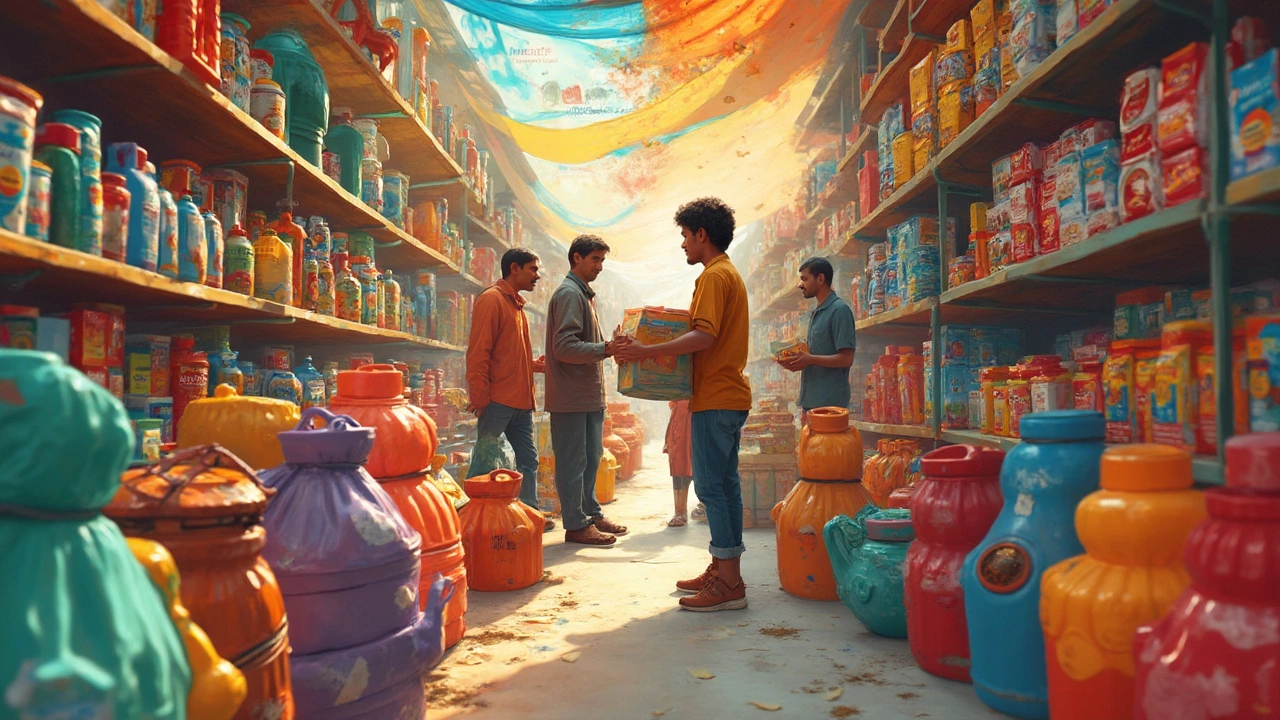


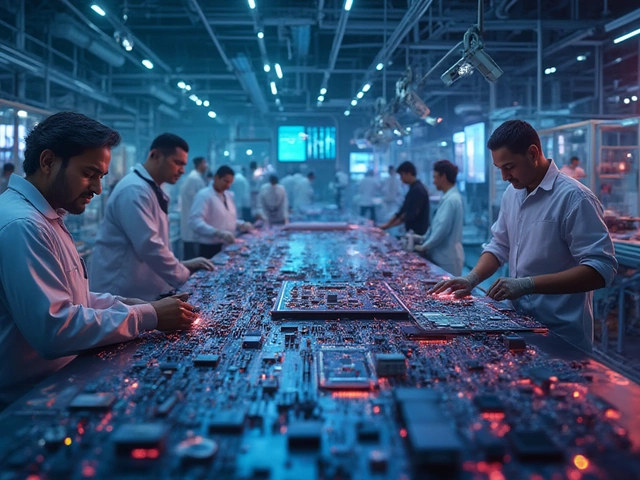
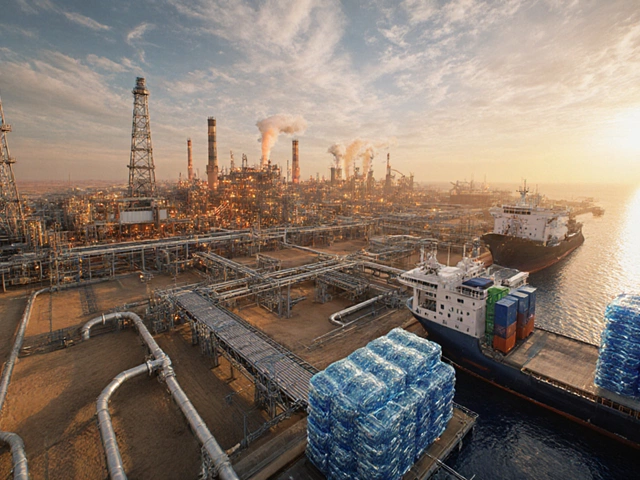
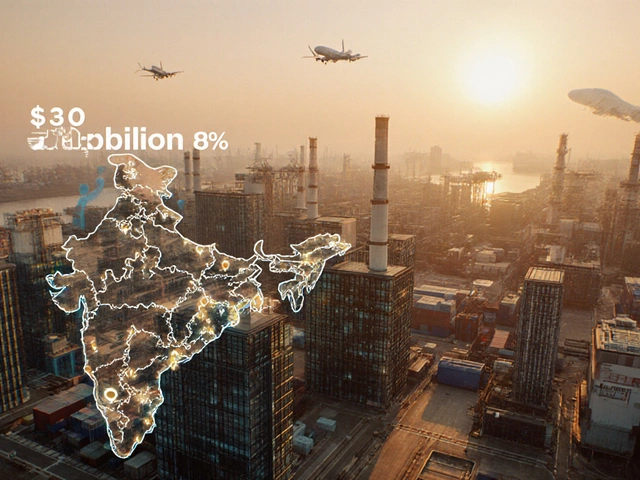
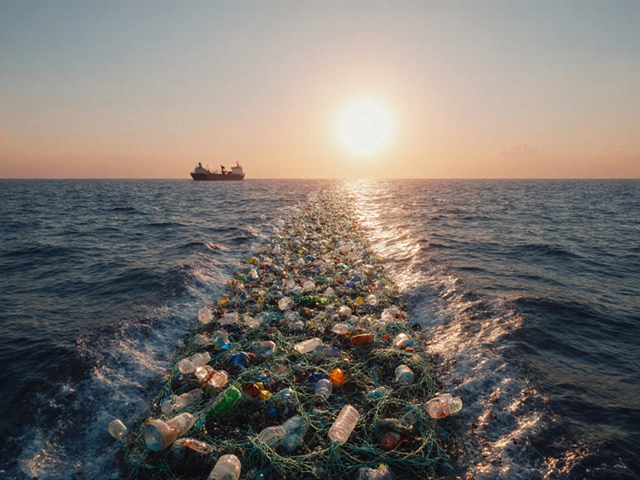

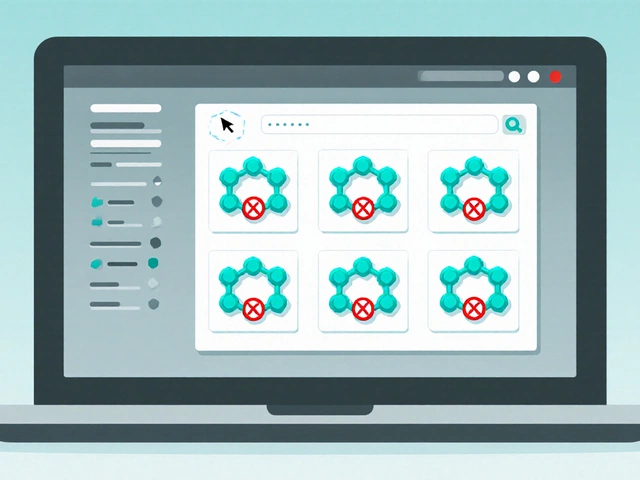
Write a comment